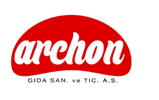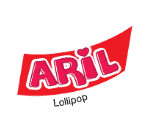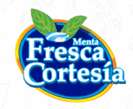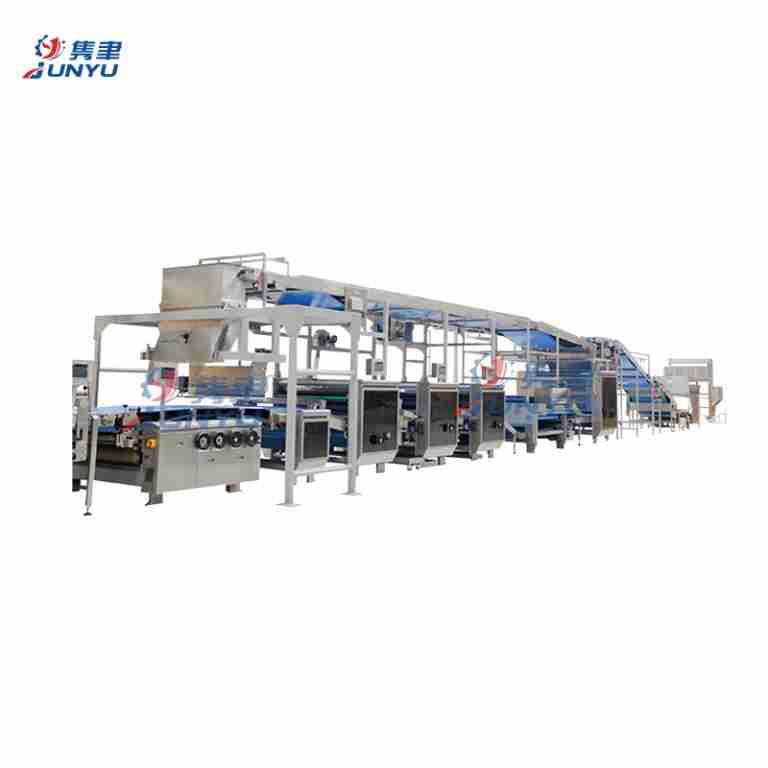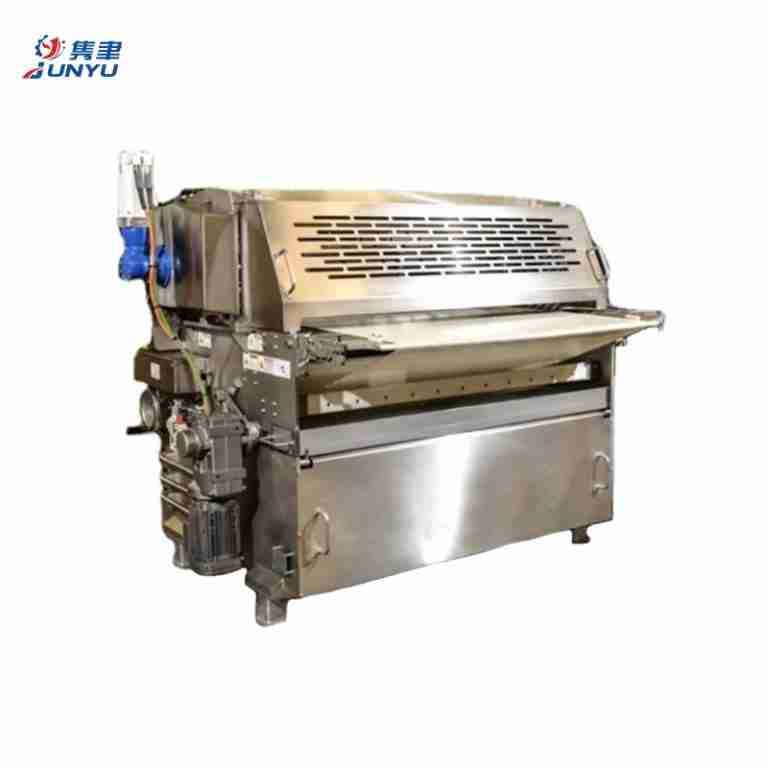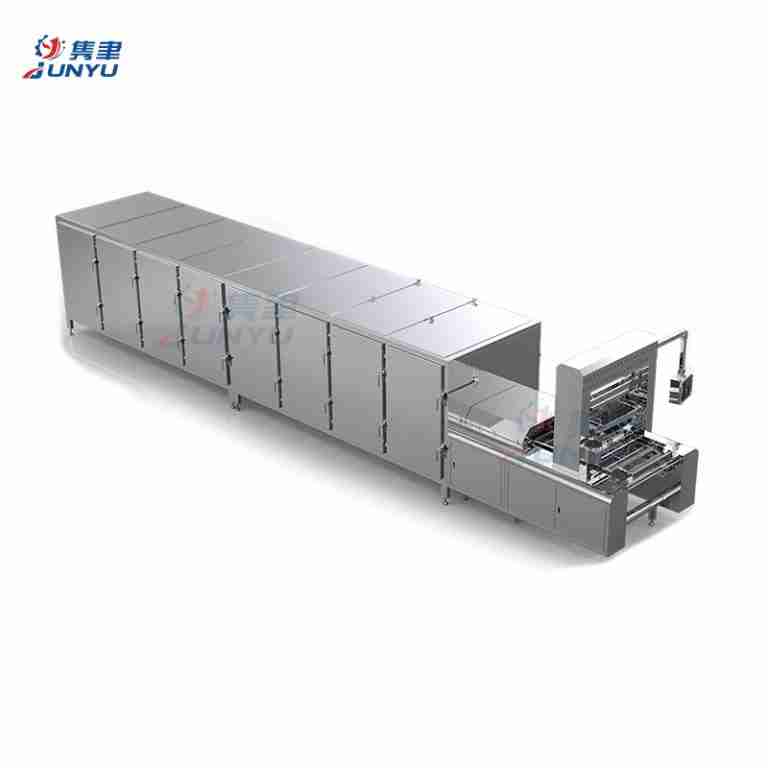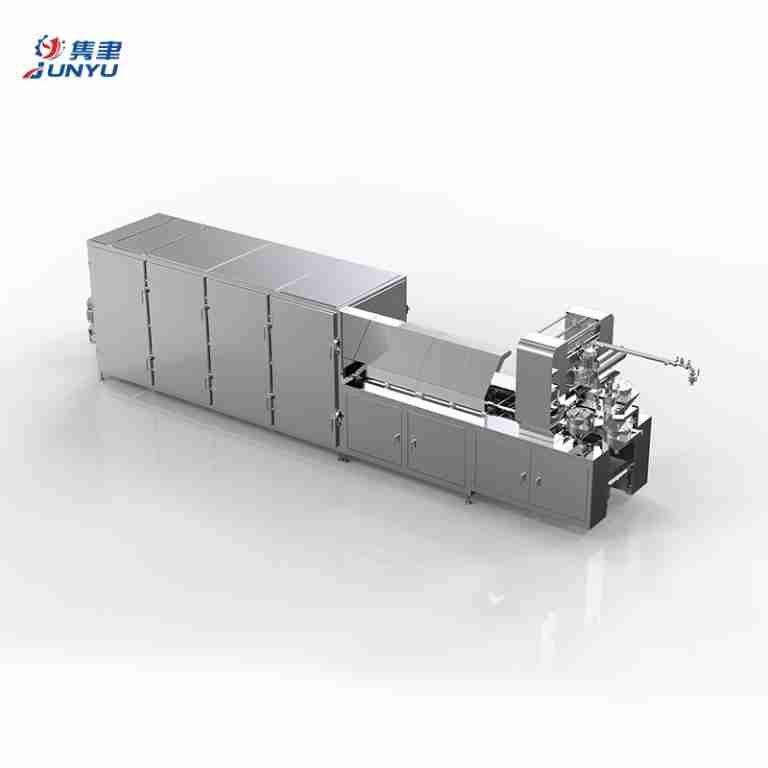Who we are
About Junyu
Junyu is a professional manufacturer of food equipment, such asbiscuit making machines, Línea de producción de pasteles, Candy Gummy, Línea de producción de gomitas, Biscuit Production Line, snack food equipment, and so on. We have been in this line for more than 30 years. Our products are sold well worldwide and enjoy a good reputation among our customers.
Our company has passed ISO9001:2008 quality management system certification, and we are also one of the central enterprises of the China Food Preparation Equipment Industry Association (CFPEA).
We want to make friends with you through our high-quality products and sincere service.
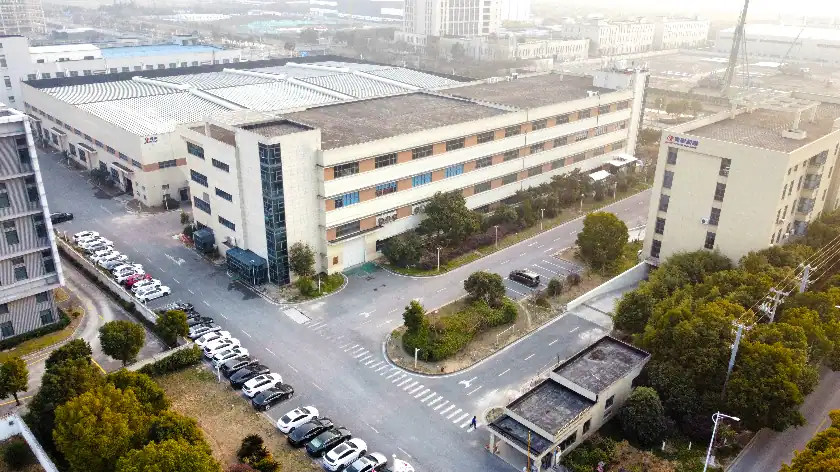
Product Categories
02.
02. Candy Production Line
03.
03. Chocolate Production Line
04.
04. Food Packing Machine
05.
05. Popping boba production line
06.
06. Cake Production Line
Junyu
Our Services
High-Quality Food Equipment Manufacturing
Junyu specializes in the design and manufacturing of top-tier food equipment, including candy gummy systems, biscuit production lines, cake machinery, and snack food equipment. With over 30 years of industry experience, we ensure that every product we deliver meets the highest standards of quality and efficiency.
Global Distribution and Reputation
Our food equipment is trusted and sold worldwide, earning us a strong reputation for reliability and innovation. No matter where you are located, Junyu ensures that our products serve the needs of customers across different regions, providing consistent quality and performance.
ISO9001:2008 Certified Quality Management
Junyu is committed to maintaining the highest standards of manufacturing excellence. From candy gummy equipment to our advanced biscuit production line systems, all products are certified under the ISO9001:2008 quality management system, guaranteeing precision craftsmanship and long-lasting performance.
Comprehensive Customer Support
We are dedicated to providing exceptional customer service. From pre-sales consultation to post-sales support, our team at Junyu is always ready to assist you in every step of your purchase journey. Whether you need technical assistance or guidance on product use, we are here to help.
Industry Leadership and Collaboration
As one of the central enterprises of the China Food Preparation Equipment Industry Association (CFPEA), Junyu plays an active role in shaping the food equipment industry. We collaborate with other leaders in the field to ensure that our products are not only innovative but also aligned with the latest industry standards and trends.
Tailored Solutions for Your Business
We understand that every business has unique needs. Junyu offers customized food equipment solutions tailored to your specific production requirements. Whether you're looking for a candy gummy system, biscuit production line, cake machine, or snack equipment, our expert team will work with you to create the perfect solution for your operation.
Junyu
Candy Gummy Machine and Biscuit Production Line Machines
Simple operation Reasonable price Temperate setting Servo depositing PLC adjustable...
By integrating advanced technology and streamlined processes, this line helps...
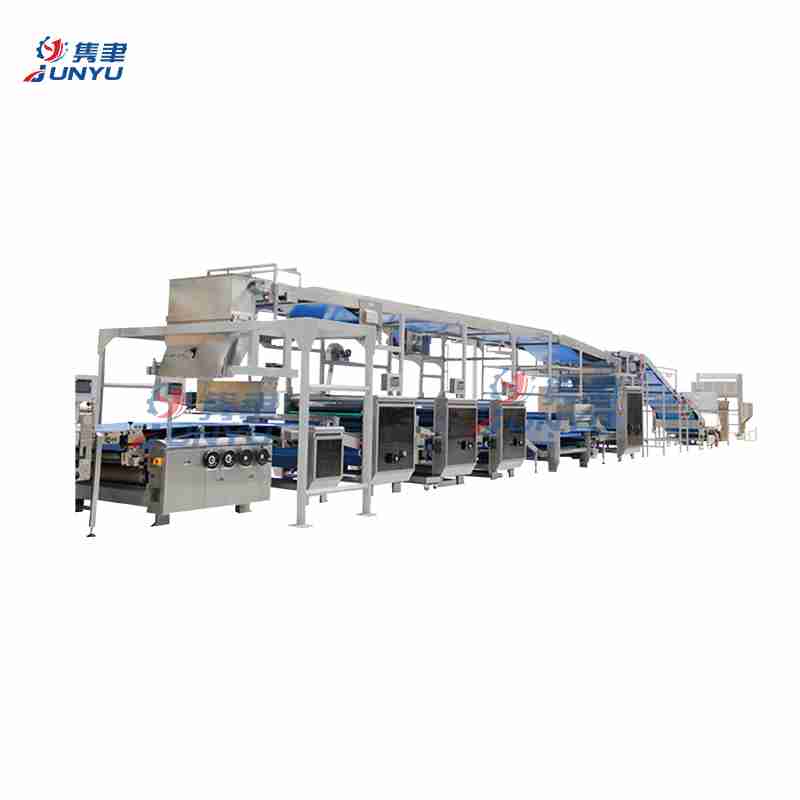


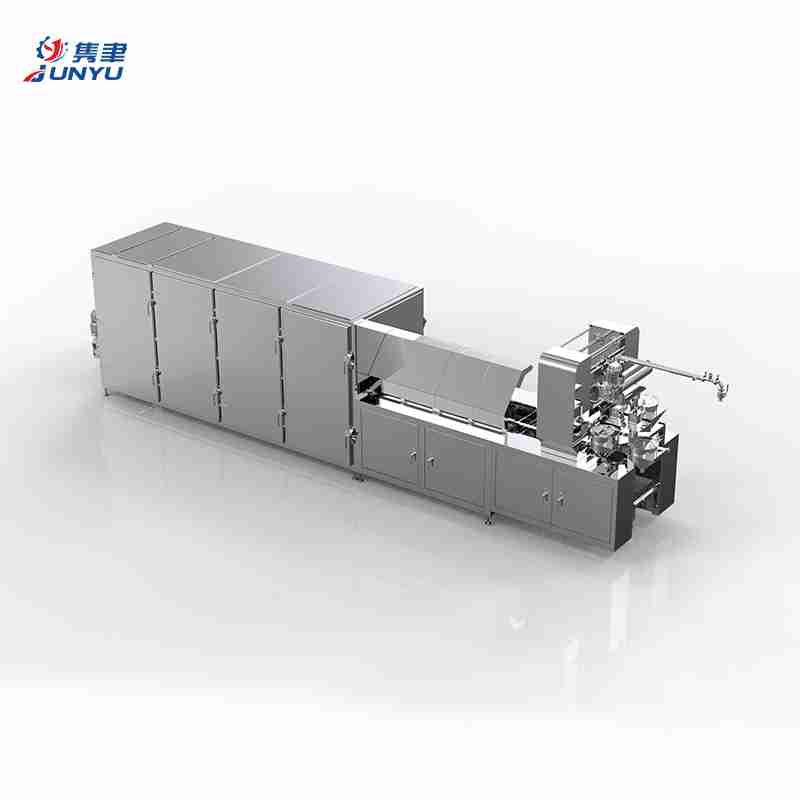
Junyu
Our Customers









